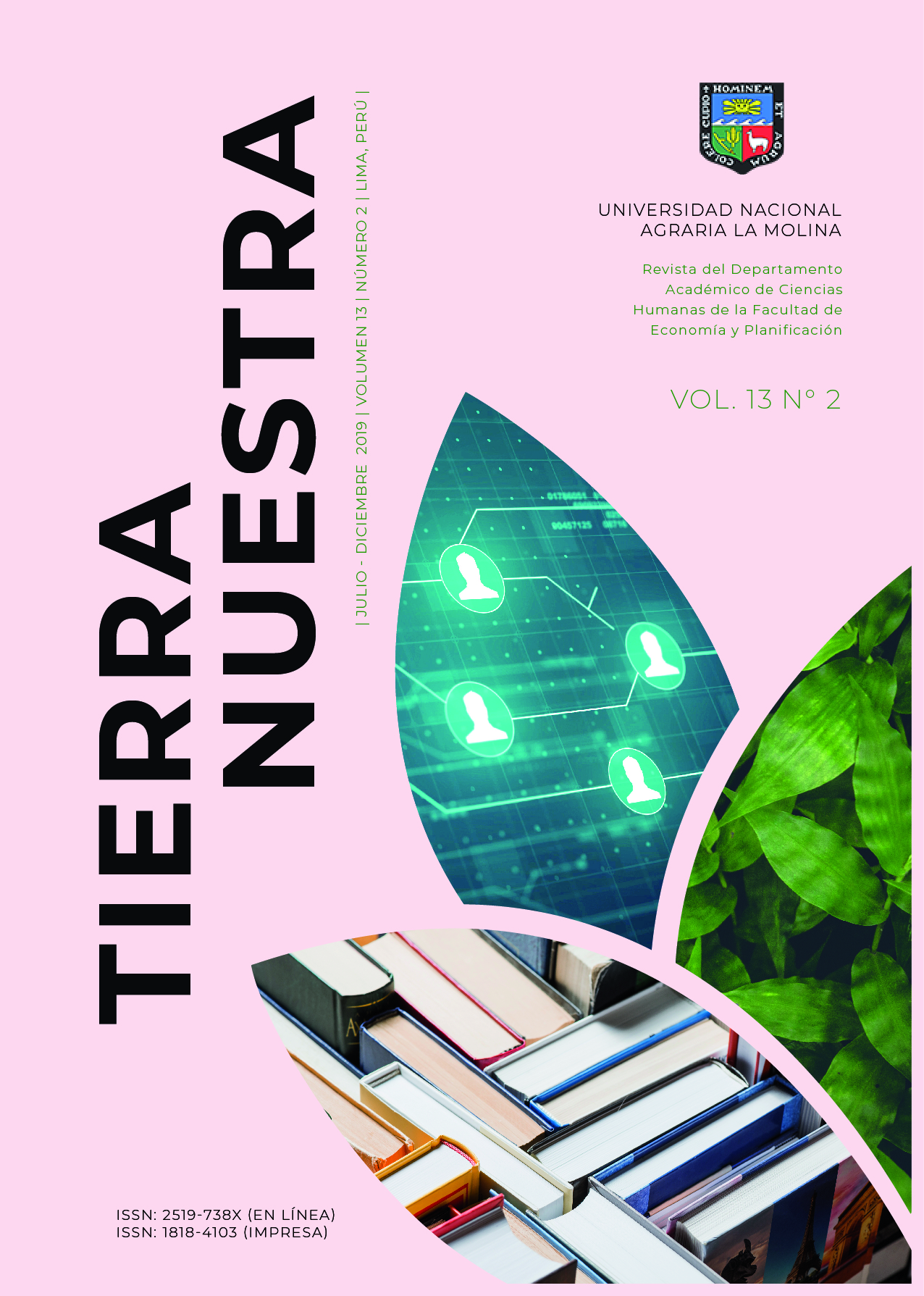Level of Electronic Transparency of Peruvian Ministries
DOI:
https://doi.org/10.21704/rtn.v13i2.1881Keywords:
Ministries, Cyber Law, Electronic transparency, Peru, Transparency of informationAbstract
This article increases information in electronic transparency. The main objective of this paper was to determine the transparency level of official web portals of the Peruvian ministries, as well as to uncover correlations between the levels of transparency, the type of ministry and / or the number of years past since the web portal has been working, or the gender of the responsible. In the first part of this work, I present a brief theoretical framework which establishes the principles of transparency regarding public information managed by the Peruvian State Administrative Entities. For this study two methodologies were used, the first one was the implementation of indicator’s table elaborated based on the Law of transparency for the collection and processing of data to obtain an objective diagnosis of the electronic transparency of the Peruvian Ministries, the second methodology was an correlation analysis, used to find those possible relationships between the variables chosen to be analyzed. The analysis allowed a diagnosis of the electronic transparency situation at ministerial level to 2017. As a main result, it was known which were the Ministries with the highest rate of compliance with the law for 2017 and also which are those that need more supervision to achieve their objective. The conclusion of the study was that, the Transparency Law has not yet been 100% implemented by more than 90% of the ministries.
Downloads
References
Arroba, N. (2016). Turismo estudiantil para el desarrollo integral educativo a través del aprendizaje significativo de circuitos turísticos temáticos (Experiencia con niños (as) de 5to de Primaria Unidad Educativa Alonzo de Mendoza LAJA – Provincia Los Andes) [tesis de grado, Universidad Mayor de San Andrés. Bolivia]. Repositorio institucional https://repositorio.umsa.bo/handle/123456789/11267.
Barcés, K. (2009). Plan de Interpretación Ambiental para el Campus de la Universidad Nacional Agraria La Molina. [tesis magister scientae, Universidad Nacional Agraria La Molina. Perú. No publicada].
Brida, Juan Gabriel, Monterubbianesi, Pablo Daniel, & Zapata-Aguirre, Sandra. (2013). Determinants of Visitor’s Satisfaction to a Cultural Attraction: The Case of the Museum of Antioquia, Colombia. Estudios y perspectivas en turismo, 22(4), 729-744. Recuperado en 06 de febrero de 2023, de http://www.scielo.org.ar/scielo.php?script=sci_arttext&pid=S1851-17322013000400006&lng=es&tlng=en.
Griswold, WG; Shanahan, P; Brown, SW; Boyer, R; Ratto, M; Shapiro, RB; Truong TM. (2004). ActiveCampus - Experiments in Community-Oriented Ubiquitous Computing. IEEE Computer 37(10): 73–81. doi: 10.1109/MC.2004.149.
Priskin, J. (2004). L’expérience: concepts et évaluation. Rapport final. Montreal, Canada, Université du Québec à Montreal. 39p. https://chairedetourisme.uqam.ca/upload/files/experience_rapportfinal_27%20avril%202004.pdf
Universidad Nacional Agraria La Molina (UNALM). (2017). Historia. Accesible en: http://www.lamolina.edu.pe/portada/html/acerca/res_historica.html
Vera Macías, Johanna Karina. (2016). Turismo educativo: origen, importancia y gestión de esta modalidad turística en las universidades del cantón Samborondón. [tesis de grado, Universidad Espiritu Santo. Ecuador]. Repositorio: http://201.159.223.2/handle/123456789/2060
Downloads
Published
Issue
Section
License
Copyright (c) 2019 Yulisa Navarro

This work is licensed under a Creative Commons Attribution 4.0 International License.










